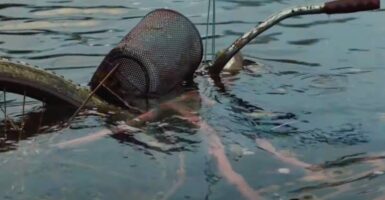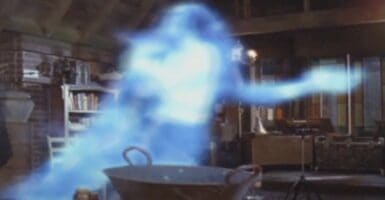Forensic Scientist Under Investigation, Hundreds Of DNA Convictions Could Be Overturned

A scandal regarding DNA evidence in Colorado has erupted, throwing into doubt the validity of thousands of criminal cases. Irregularities have been found in the work of Yvonne “Missy” Woods, a forensic scientist, leading to the request by the Colorado Department of Public Safety for almost $7.5 million to revisit and retest DNA samples processed by Woods.
Thousands Of Convicted Criminals Could Challenge
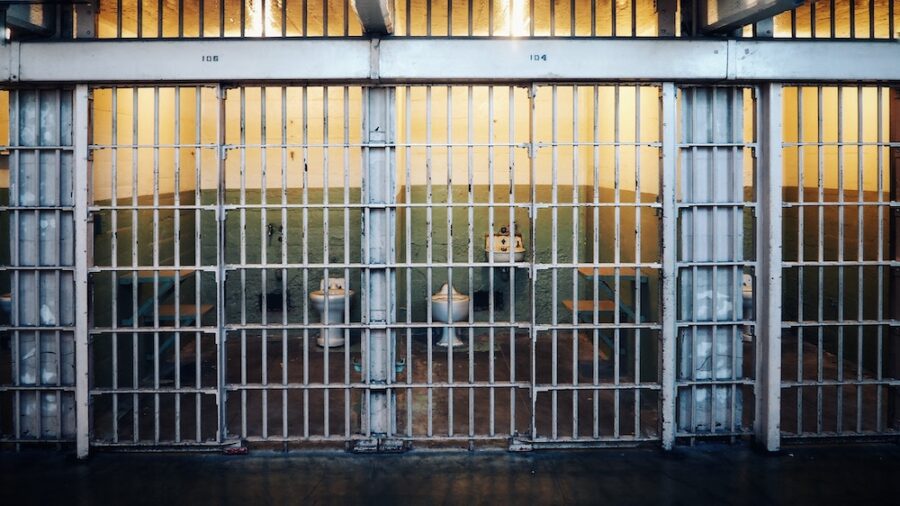
The consequences could be huge, with up to 2,300 legal cases likely to be affected. It’s speculated that many of those convicted based on her DNA work will challenge their verdicts. Woods served in the CBI’s Forensic Services division for nearly three decades before stepping down in November. Now, she finds herself at the heart of both an internal affairs and criminal investigation due to the anomalies discovered in her work.
Woods Worked On The Kobe Bryant Sexual Assault Case

DNA evidence is a crucial aspect in major criminal cases. Some of which Woods was involved were considered high profile, such as the Kobe Bryant sexual assault trial. This could potentially lead to the reversal of a number of convictions.
What Is DNA?
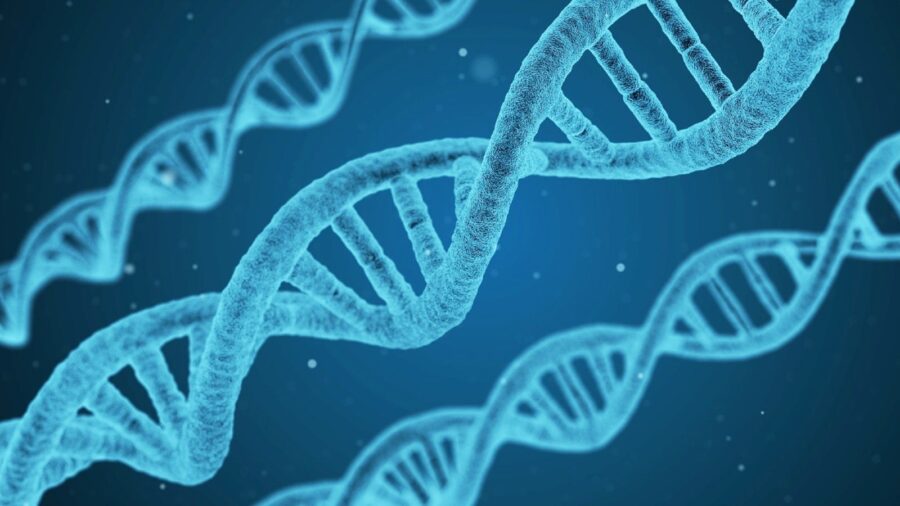
DNA, known as deoxyribonucleic acid, is a double-stranded molecule that carries the unique genetic blueprint for every living organism. Tightly coiled within the nucleus of our cells, it’s made up of tiny units called nucleotides.
Each nucleotide is composed of a sugar molecule, a phosphate group, and one of four bases: adenine (A), thymine (T), cytosine (C), and guanine (G). These bases, assembled in a unique sequence, form the genetic code that maps out the development, functioning, and reproduction of all life.
DNA: The Storyteller
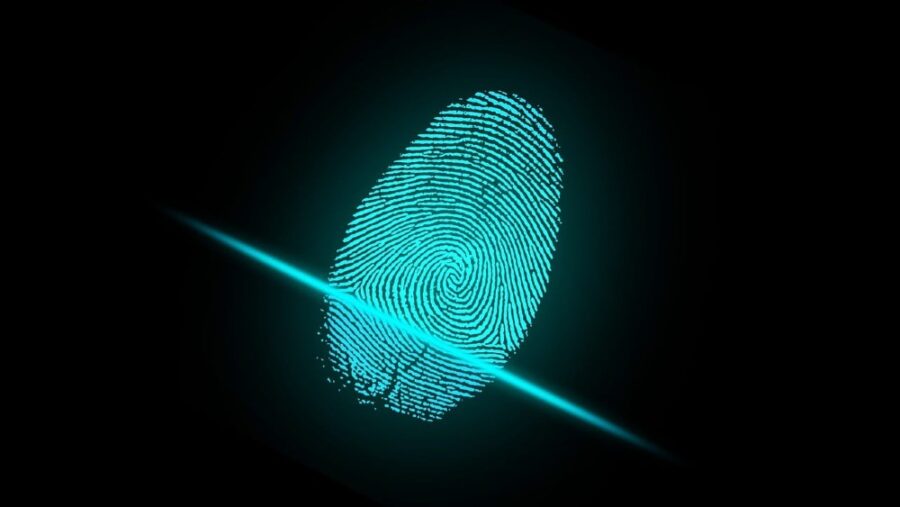
Just as every sentence tells a unique story with the arrangement of its words, so too does every person tell a unique life story with the arrangement of their DNA bases. This unique sequence of bases makes each person’s DNA distinct, serving as a genetic fingerprint that defines their traits and characteristics, from eye color to susceptibility to certain diseases.
Whether it’s solving crimes in forensic investigations, confirming biological relationships in paternity tests, or unlocking the mysteries of our genetic inheritance, the power of DNA lies in its unique role. It’s like a master storyteller of life, carrying the narrative of our individuality while highlighting our shared biological heritage.
Extracting DNA Samples

A DNA sample, which could be from sources like blood, saliva, or hair follicles, kickstarts the DNA profiling process. Forensic scientists extract DNA from the sample and purify it to isolate individual cells. They then magnify specific regions, known as short tandem repeats (STRs), which vary significantly among individuals, using a technique called a polymerase chain reaction (PCR).
Next, the DNA fragments are separated and visualized utilizing gel electrophoresis, resulting in a unique band pattern that corresponds to each individual’s DNA profile. This profile can then be compared to others within a database to identify a match. This technique is widely utilized in legal scenarios, often linking a suspect to a crime scene or excluding innocent individuals from suspicion.
A Crucial Tool In Criminal Cases

DNA profiling has revolutionized forensic science and helped solve countless criminal cases. It has been crucial in paternity cases, immigration disputes, and identifying human remains. The scandal surrounding Yvonne “Missy” Woods in Colorado, therefore, stands to upend numerous settled cases in the state.



